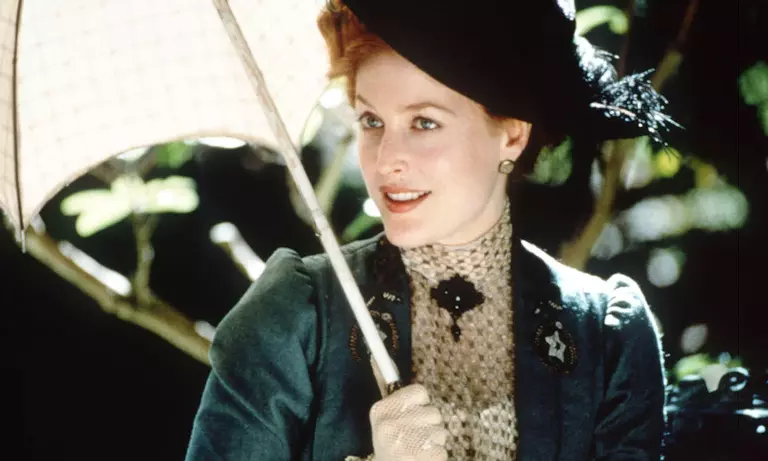
Cast: Lee Van Cleef, Giuliano Gemma, Walter Rilla[
Scott (Gemma) is a young man with the most unpleasant job in the small town of Clifton: he collects the outhouse slops from businesses like the saloon, the brothel and the bank. All the townspeople consider him an outcast because of this – and because he’s the bastard son of a prostitute.
But then aging gunslinger Talby (Van Cleef) rides into town. Something in the younger man strikes a chord in Talby; Scott is gagging for a surrogate father. After a brief verbal exchange in which Talby suggests Scott takes his mother’s surname, Mary, proudly: (Scott: But everyone would laugh! Talby: Don’t you know how to stop them?); Scott decides Talby is going to be his mentor.
Getting the older gunfighter to take him on is no easy task, but Talby is soon giving Scott hands-on experience of the 12 Commandments of Violence, many of which have a lovely pithiness to them: The right bullet at the right time, for example.
Talby is collecting a debt owed an associate; Scott seeks revenge – both are intent on wrestling Clifton from the corrupt businessmen and ineffectual lawmen who run it. As the duo’s power and influence grows in the town, Talby’s utterly ruthless self-interest becomes clear; whereas Scott has a conscience of sorts in the form of another ex-gunslinger, arthritic Murph (Rilla). Will Scott Do The Right Thing before Clifton gets shot up all to hell?
Featuring a brand new restoration from the original 35mm Techniscope camera negative, this release presents both versions of the film: the original 114-minute cut that opened in Italy (with English or Italian soundtracks) and the more familiar 86-minute version that was released internationally (in English).
It’s easy to see why this film, by Sergio Leone’s former assistant Tonino Valerii, is much-lauded by fans of the genre. Day of Anger has two charismatic leads in it (Gemma is a big name in spaghetti westerns too, his tanned boyish looks a great contrast to Van Cleef’s beady-eyed snarl). The surrogate father-son relationship has archetypal resonances (not least with the Leone-Valerii connection) and brings with it its own intense, implicit drama. The genealogy of small-town power set out in the film is rather intelligent and the debunking of Western myths also insightful: Murph’s speech about Doc Holliday’s much-coveted gun highlights the role modified technologies (in this case a filed-down trigger) play in creating a gunfighter’s legend.
Of course, there are great action sequences, including a horse-drawing-cum-shootout and a rifle duel on horseback; and the whole film looks mighty fine in restored Techniscope with heightened colours. There is a remarkably ornate piece of set design in the Western Art Deco (!?) 45 Saloon that Talby builds in the centre of town, its porch decorated with columns in the form of enormous gilded six shooters; the interiors are even more lavish. Riz Ortolani’s score creates a nice funky feel at key moments, using twanging guitars and hi-pitched brass fanfares to scintillating effect.
This release is loaded with extra features. As well as the two versions of the film itself, there are brand new interviews with screenwriter Ernesto Gastaldi and Tonino Valerii’s biographer Roberto Curti, plus a previously unreleased 2008 interview with Valerii himself, and a scene that was deleted from the longer cut of the film before being reinstated in the shorter version. An enclosed booklet features new writing on the film, its stars and locations by spaghetti western expert Howard Hughes, illustrated with original poster images.
Day of Anger is out in a dual format edition on 30 March.
Review by Colin Dibben
[SRA value=”4″ type=”YN”]




